View basket (0 items $0.00)
Error message
- Notice: unserialize(): Error at offset 5 of 154 bytes in variable_initialize() (line 1202 of /home/dh_6hcdc2/yogau.online/docroot/includes/bootstrap.inc).
- The file could not be created.
- The file could not be created.

Yoga and Resiliency for First Responders : Part 1
In our modern world, it is widely understood and accepted that the practice of yoga makes us feel good. You may have taken a class at a gym or a local studio and left with that “floaty” feeling, and summed it up to feeling stretched out and relaxed. Many people don’t know that that feeling is a result of the fact that they spent an hour consciously breathing, accessed and hit the calm button on their nervous system, and released tension and stress from their bodies and minds through a combination of breath paired with physical postures.
As we explore the healing benefits of yoga a little more deeply, we find that most yoga programs for stress eradication focus only on the winding down and decompressing of the nervous system after a stressful event. While this is effective and beneficial, there is another component of yoga that focuses on enhancing performance on the job, in relationships, and life in general. This is what we refer to in the Yoga For First Responders (YFFR) approach as resiliency.
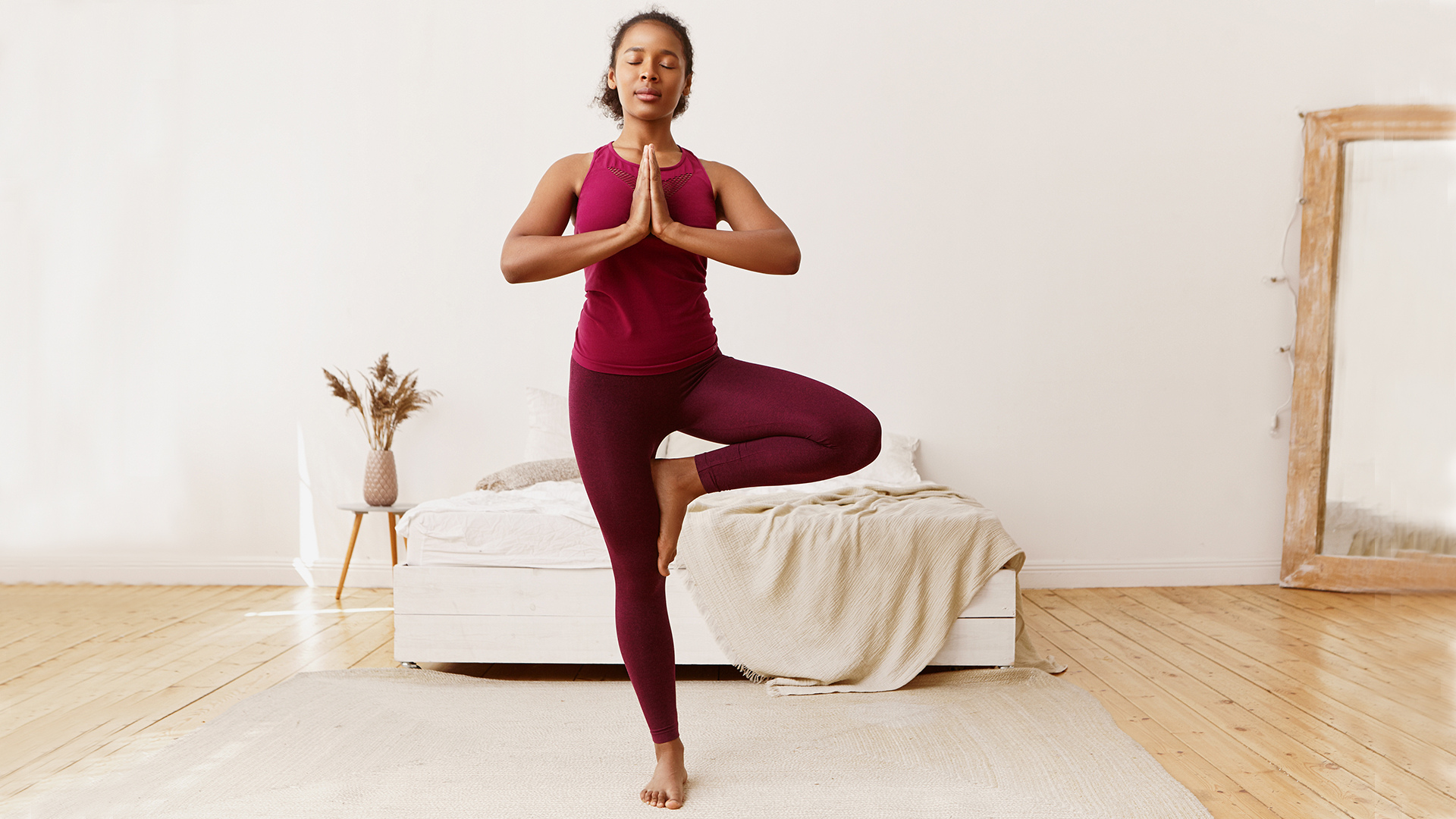
What is Resiliency?
Resiliency has been receiving more attention in recent years. What determines resiliency? How does one become resilient? Can resilience be learned?
Resiliency is defined as:
-
Elasticity: the power or ability to return to the original form, position, etc., after being bent, compressed, or stretched
-
Buoyancy: the ability to recover readily from illness, depression, adversity and the like
The New Yorker published an article in February 2016 in which Maria Konnikova explains that resilience “is like a constant calculation: Which side of the equation weighs more, the resilience or the stressors? The stressors can become so intense that resilience is overwhelmed. Most people, in short, have a breaking point. On the flip side, some individuals who weren’t resilient when they were little somehow learned the skills of resilience. They were able to overcome adversity later in life and went on to flourish as much as those who’d been resilient the whole way through. This, of course, raises the question of how resilience might be learned.” (1)
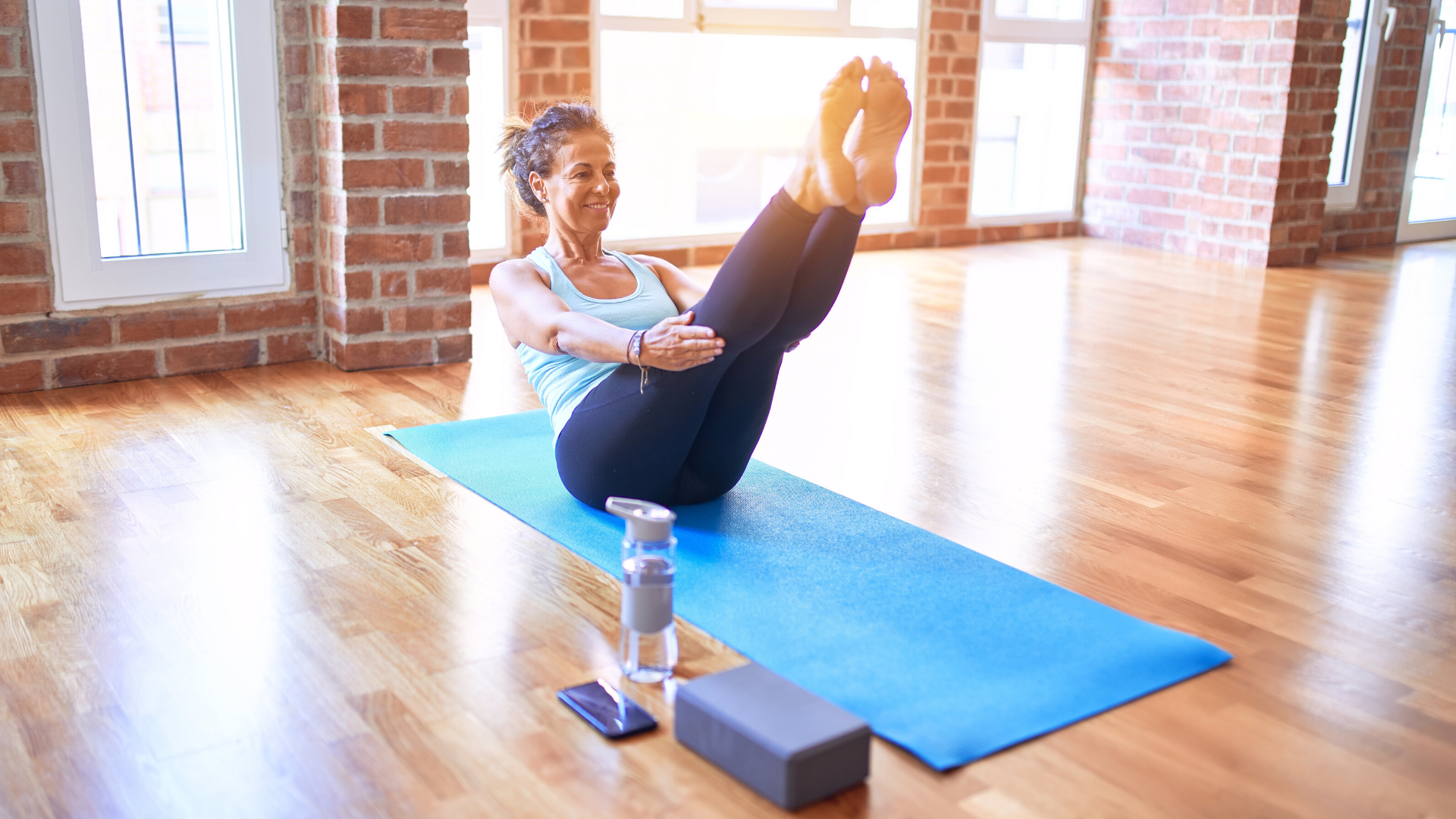
Resiliency and Neuroplasticity
When discussing resiliency, it is useful to look at some of the following benefits of exercise and yoga. Exercise and yoga are behavioral interventions that enhance brain health and plasticity.
“Plasticity, or neuroplasticity, is the lifelong ability of the brain to reorganize neural pathways based on new experiences. As we learn, we acquire new knowledge and skills through instruction or experience. To learn or memorize a fact or skill, there must be persistent functional changes in the brain that represent the new knowledge. The ability of the brain to change with learning is what is known as neuroplasticity.
“So how does the brain change with learning? According to Durbach (2000) (5), there appear to be at least two types of modifications that occur in the brain with learning:
i) A change in the internal structure of the neurons, the most notable being in the area of synapses.
ii) An increase in the number of synapses between neurons.”
(Chudler) (2)
“The environment plays a key role in influencing plasticity. In addition to genetic factors, the brain is shaped by the characteristics of a person’s environment and by the actions of that same person.” (Chudler) (2)
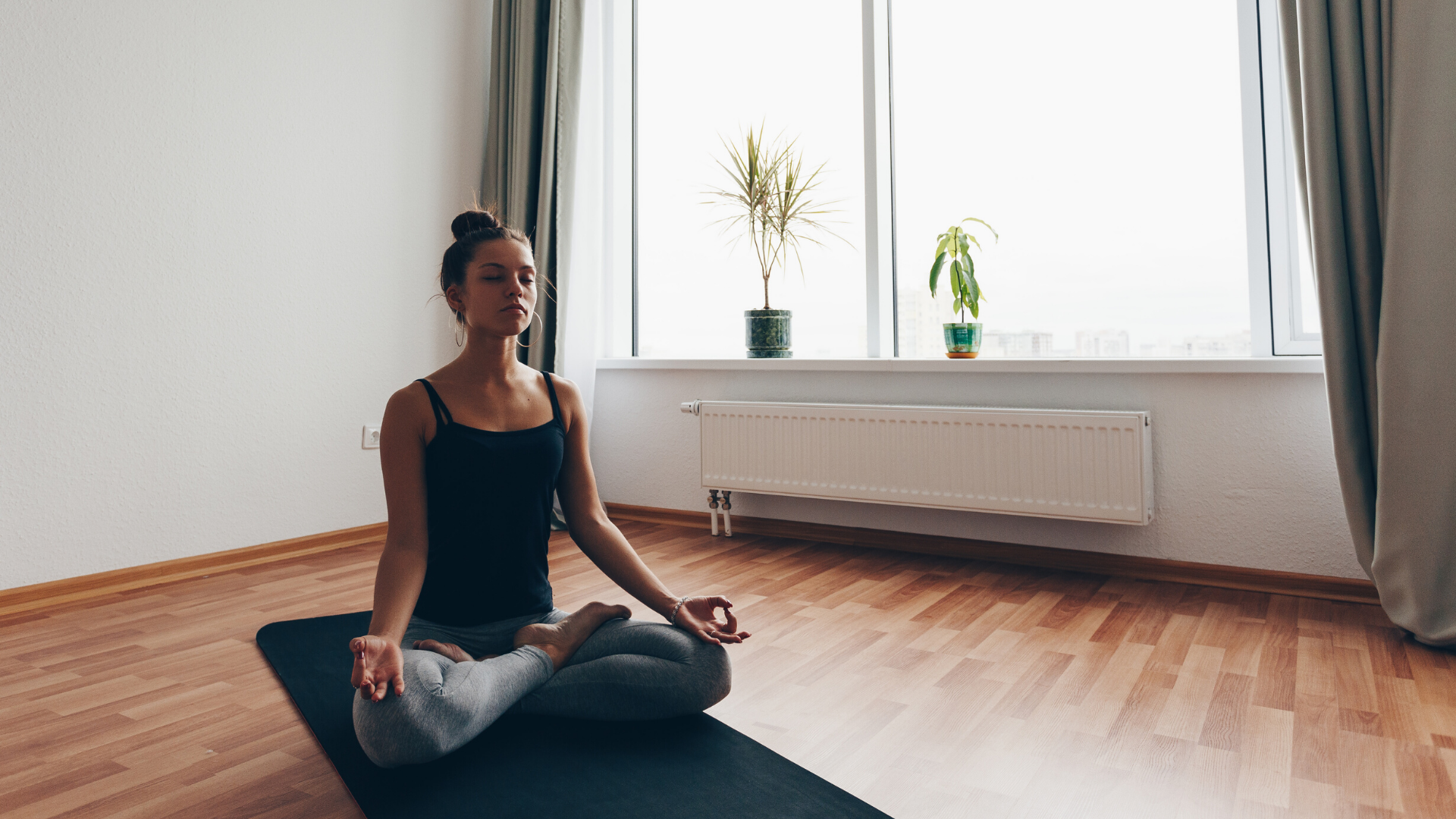
Yoga, Exercise and Neuroplasticity
-
“It is now clear that voluntary exercise can increase levels of brain-derived neurotrophic factor (BDNF) and other growth factors, stimulate neurogenesis, increase resistance to brain insult, and improve learning and mental performance.” (Cotman and Berchtold, 295) (3)
-
“Some of the beneficial aspects of exercise act directly on the molecular machinery of the brain itself” (Cotman and Berchtold, 295) (3)
-
“BDNF supports the survival and growth of many neuronal subtypes … [and is] a key mediator of synaptic efficacy, neuronal connectivity, and use-dependent plasticity.” (Cotman and Berchtold, 295) (3)
-
Studies have shown that “exercise and behavioral stimulation can improve brain plasticity. Learning, a high-order of brain plasticity, increases BDNF gene expression, and BDNF, in turn, facilitates learning. This predicts that mechanisms that induce BDNF gene expression, such as exercise, can enhance learning.” (Cotman and Berchtold, 295-296) (3)
-
“Exercise activates molecular and cellular cascades that support and maintain plasticity—significantly occurring in the hippocampus where learning and memory occur. It also recruits use-dependent plasticity mechanisms that prepare the brain to encode meaningful information from the environment. By inducing BDNF and other molecules, exercise strengthens the neuronal structure and facilitates synaptic transmission, thus, priming activated cells for encoding.” (Cotman and Berchtold, 300) (3)
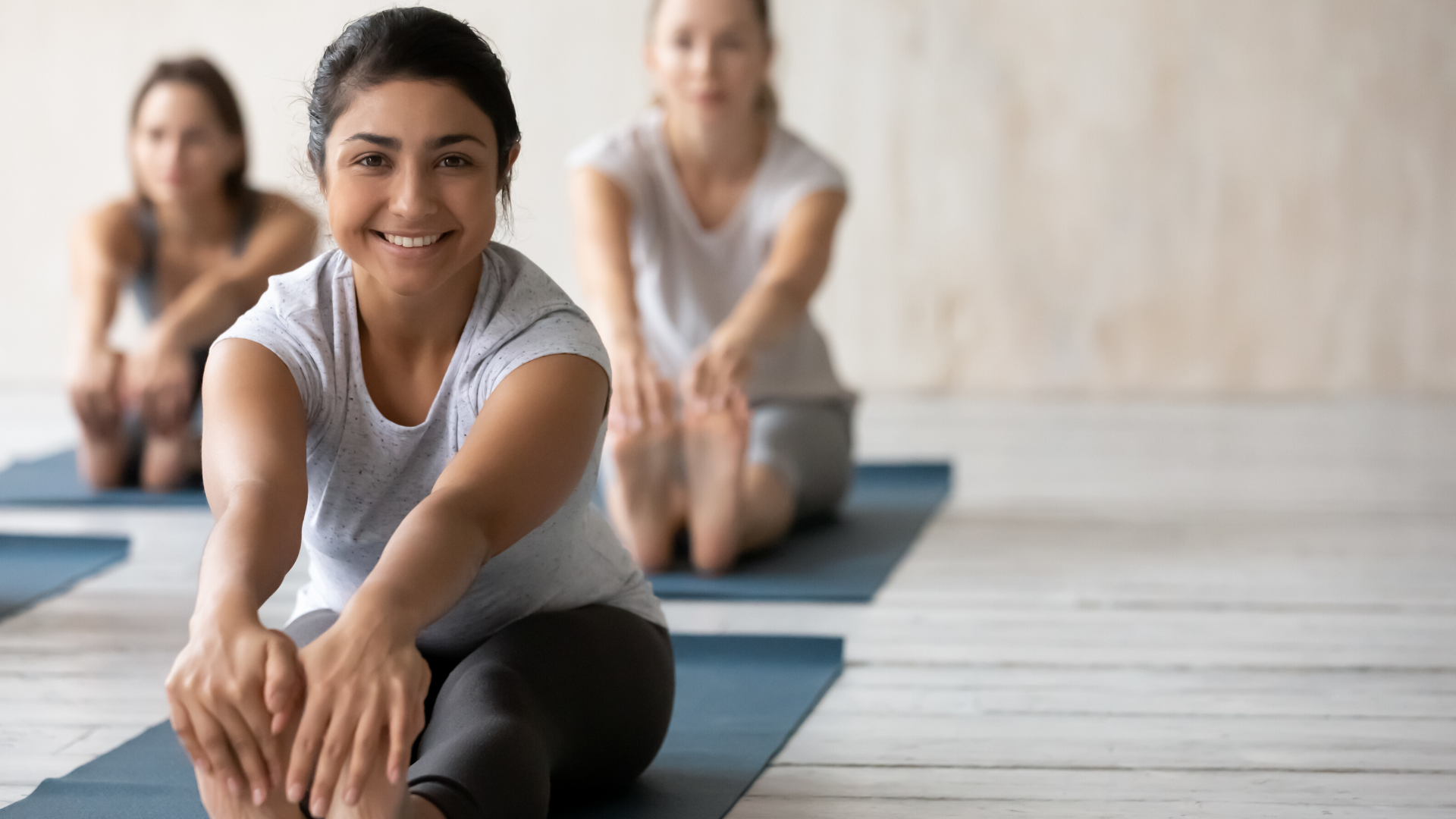
Exercise and Yoga Help Reduce Stress, Anxiety, and Depression
Stress and prolonged exposure to the stress hormones are harmful to neuronal health and survival, and this hurts brain plasticity. Yoga practice can reduce or relieve stress, depression, and anxiety.
-
“Relaxation is considered as the physiological opposite to stress enabling regeneration and recuperation after stress. Complete or differential (partial) relaxation is also considered as the integral component of various yogic practices.” (Nespor, 73) (4)
-
Pain is a result of depression but is also often a cause of it. Feelings of helplessness and depression go hand in hand. Yoga can be used to relax painful areas by “the activation of antagonistic muscle groups … gradual and gentle stretching … strengthening of some weakened muscles and correction of unhealthy postural or kinetic patterns.” (Nespor, 76) (4)
-
“Breathing and meditative practices may directly influence the central nervous system and increase [pain] tolerance and control.” (Nespor, 76) (4)
For part two of this article, click here.
Reprinted with permission from Breathelivebelieve.ca
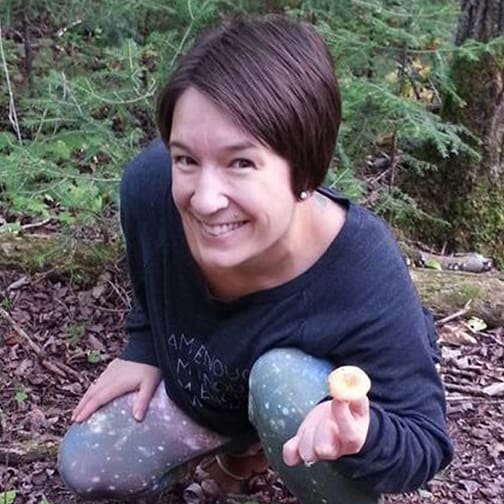 Guided by Leanne Wierzbicki, intuitive Yoga teacher, healer, educator, holistic health and nutrition coach, and author. Breathe Live Believe is unique in its commitment to Green Yoga and its desire to create community that unites as One.
Guided by Leanne Wierzbicki, intuitive Yoga teacher, healer, educator, holistic health and nutrition coach, and author. Breathe Live Believe is unique in its commitment to Green Yoga and its desire to create community that unites as One.
I offer Trauma-Sensitive Hatha style and Restorative therapeutic private, semi-private and corporate Yoga, Yoga for First Responders, Holistic Health and Holistic Nutrition Coaching services, Plant-Based Whole Foods Classes, Workshops, and Retreats.
I practice Green Yoga, a practice that translates the 5000-year-old moral teachings of yoga into living a sustainable and green lifestyle, one in which we not only learn to purify and transform the body, mind, and spirit but one where we take those teachings off the mat and into the environment.
Sources
-
Konnikova, Maria. “How People Learn to Become Resilient.” The New Yorker. The New Yorker, 11 Feb. 2016. Web. 22 Mar. 2016.
-
Chudler, Eric H. Ph.D. “Brain Plasticity: What is It?” Neuroscience for Kids. n.d. Web. http://faculty.washington.edu/chudler/plast.html
-
Cotman, C., Berchtold, N.: Exercise: a behavioral intervention to enhance brain health and plasticity. Trends in Neurosciences, 25: 295-301, 2002.
-
Nespor, K.: Pain Management and Yoga. International Journal of Psychosomatics, 36: 72-78, 1989.
-
Drubach, D. (2000). The Brain Explained, Upper Saddle River, NJ: Prentice-Hall, Inc.
Featured Courses









